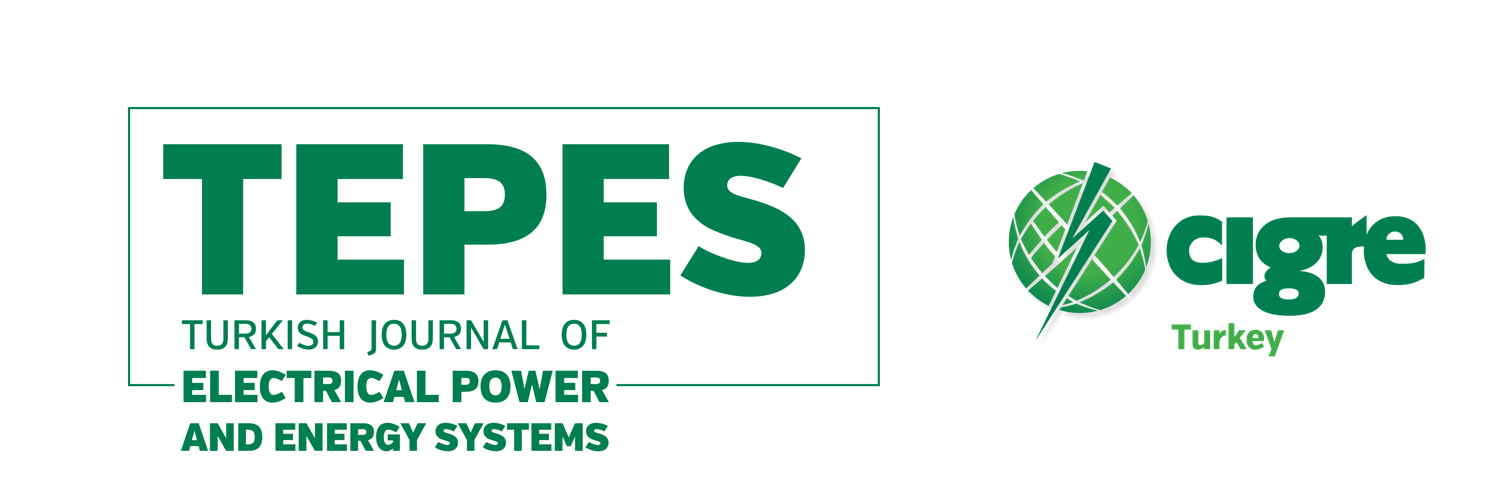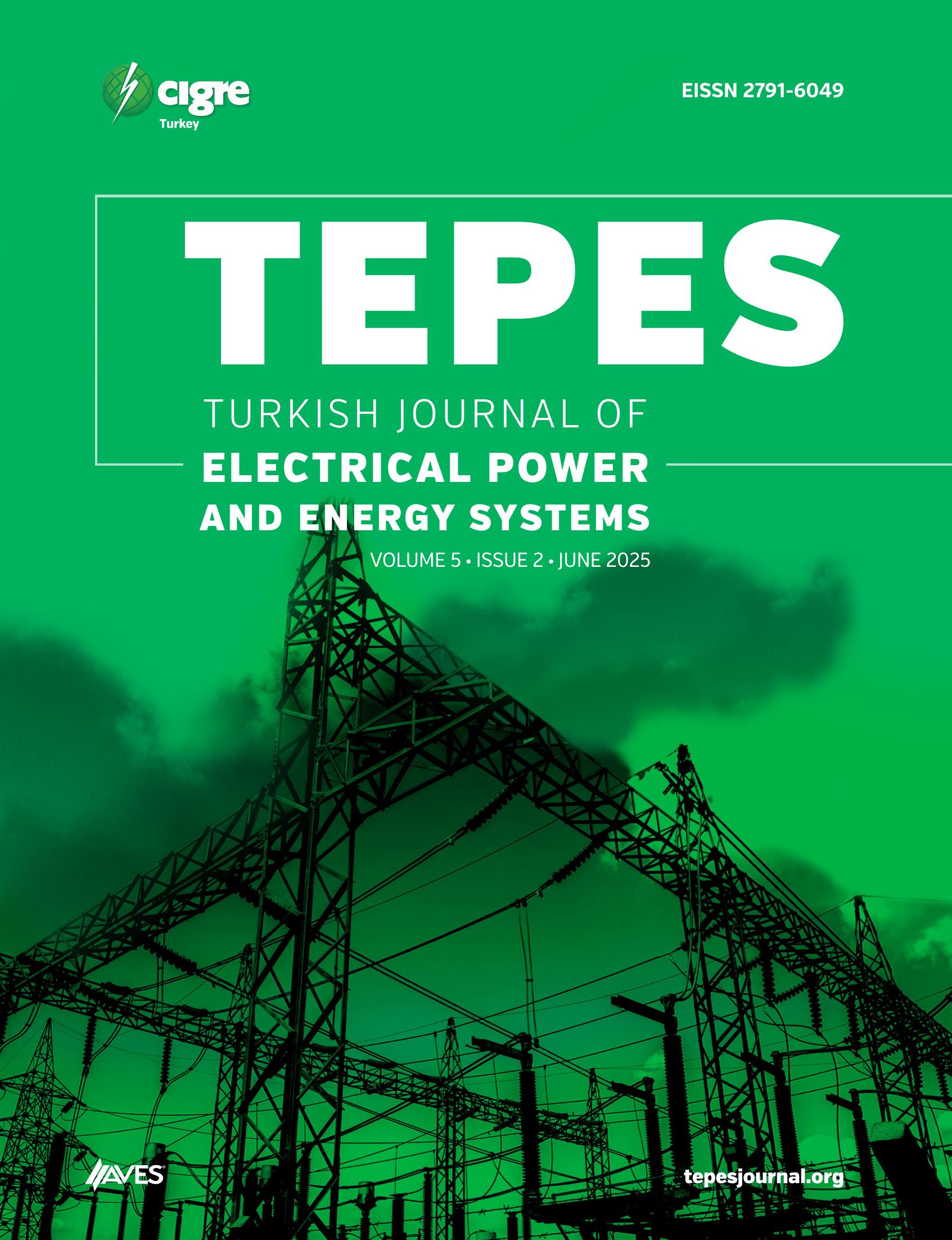Abstract
The determination of both the connection topology and capacity sizing of the battery energy storage system (BESS) in a microgrid is crucial when considering energy bills and reliability indicators, as the usage type of the BESS affects investment and energy costs. In this study, the performances of individual and shared BESSs are compared across different price tariffs in a multi-microgrid structure designed using historical real data and existing prosumer solar homes. To illustrate the effects of the integrated BESS and grid outages on the cost of energy and net present cost (NPC), a BESS is first integrated into the selected solar home as a sample. The calculations are then made assuming an outage in the grid connected to the selected home with the integrated BESS. In the proposed system topology, which utilizes five selected solar homes with a shared BESS, the NPCs were found to be 51%, 28%, and 37% lower compared to individual systems for real-time pricing (RTP), flat price tariff (FPT), and time-of-use pricing (ToU), respectively. Furthermore, in modeling these grid interruptions, which are a real-life condition, system reliability indices such as system average interruption duration index and system average interruption frequency index were considered in the system sizing and cost optimization. When these indices were taken into account, similar reductions were observed compared to the individual system: 9% in RTP, 26% in FPT, and 61% in ToU, respectively.
Cite this article as: S. Polat and E. Bıyık, “Evaluation of centralized and distributed energy storage systems in residential microgrid topologies,” Turk J Electr Power Energy Syst., 2025; 5(1), 30-40.








